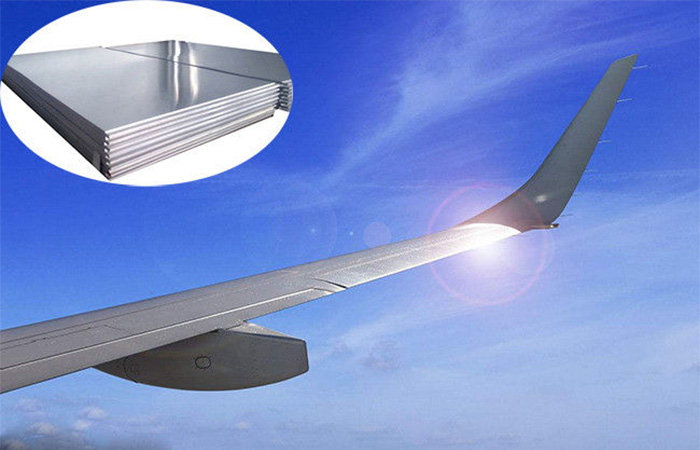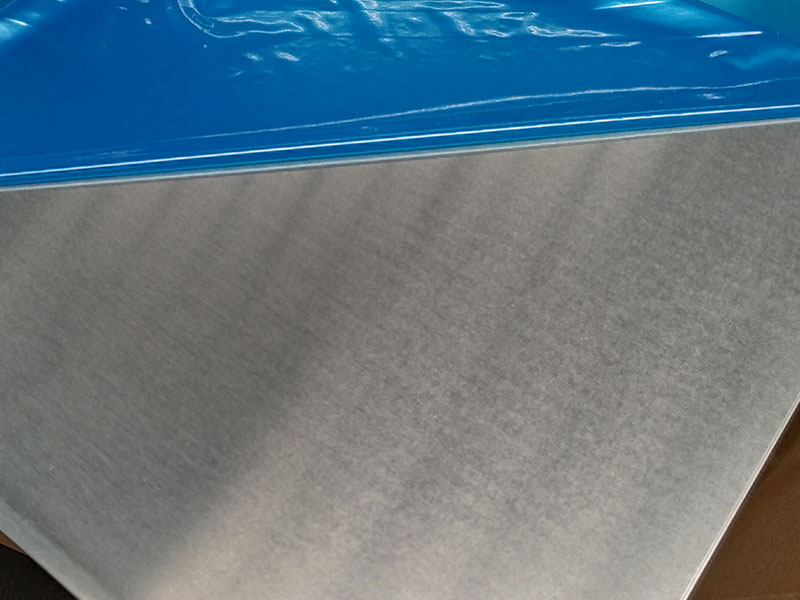Aluminum Sheet 5454 H112 5182 H111
the Functional Edge of Aluminum Sheet 5454 H112 and 5182 H111: Technical Insights and Applications
Aluminum sheets are indispensable across industries for their remarkable blend of strength, corrosion resistance, and lightweight attributes. Among the wide variety of aluminum alloys available, Aluminum Sheet 5454 H112 and 5182 H111 is know as particularly versatile options. These alloys, while sharing structural similarities, cater to distinct functional demands. their technical nuances and applications from a functional perspective can unlock smarter material choices for manufacturers and engineers alike.
Technical Overview: What Sets 5454 H112 and 5182 H111 Apart?
At their core, both 5454 and 5182 are aluminum-magnesium alloys, prized for excellent corrosion resistance and good strength. The aluminum sheet temper designations — H112 and H111 — reveal their processing methods and properties:
- 5454 H112 means the alloy is strain-hardened from solution heat treatment and naturally aged, maintaining a degree of strength with some flexibility. The H112 temper implies minimal mechanical processing to retain optimum formability while achieving stable mechanical aspects.
- 5182 H111 identifies an alloy softened a bit from the strain-hardened state by partial annealing, resulting in slightly improved ductility compared to full strain-hardened states.
The 5454 alloy typically offers higher strength and is seawater-resistant, making it excellent where structural integrity meets exposure to harsh environments. Whereas abstracted lightly softened 5182 lends itself favorably to detailed shaping tasks without cracking, enabling delicate curvatures or deep drawing operations.
Functional qualities of these alloys include excellent weldability, outstanding resistance to marine and chloride-infused environments, and robustness against tensile and fatigue stresses.
Practical Functions and Industrial Applications
Marine Industry: The superior corrosion resistance of Aluminum Sheet 5454 H112 makes it preferred in sailboats, ship hull panels, and offshore platforms. Structural components crafted from 5454 maintain long-term durability against salt intrusions — a cornerstone in maritime design philosophy.
Transportation Sector: 5182 H111’s balanced flexibility and strength meet the rigorous demands of automotive parts like internal liners, truck trailers, and fuel tanks. The alloy’s excellent formability allows complex paneling while reducing vehicle weight, supporting enhanced fuel efficiency.
Architectural Applications: Both alloys are often used in decorative wall panels and roofing due to their resilient surface finish capability and weather resistance. 5182 H111, in particular, facilitates intricate bending needed for aesthetic structures.
Food and Beverage: In manufacturing food transport tanks and refrigeration units, corrosion resistance and cleanability of these alloy tempers ensure compliance with hygiene-driven standards without sacrificing mechanical stability.
A Distinct Perspective: Engineering Smart with Functional Compatibility
Rather than selecting aluminum sheets based solely on catalog listings, engineers gain superior outcomes by considering exactly how microstructural variations regulate practical performance. For example, the slight temper difference exposes 5182 H111 as a champion in intricate forming but moderate tensile applications — a functional dance between firmness and pliability. Meanwhile, 5454 H112 asserts dominance where endurance under tension and environment counts highest.
This perspective grounds technical specifications into tangible industry-relevant guidance. Using 5454 when designing pressure-critical thicker panels withstands marine-vibration stress better, while the adaptable 5182 transforms elegantly into curvilinear shapes with minimal structural relaxation during stamping.
https://www.aluminumplate.net/a/aluminum-sheet-5454-h112-5182-h111.html







